Nectarines
What is a Nectarine?
A nectarine is closely identified with the queen of fruits namely peach. In spite of belonging to the same genetic family of the peaches, the articulate flavour makes it stand out as a genuine fruit of nature. One can easily identify nectarines by its smooth and colourful skin and the absence of fuzzy skin characteristic of peaches. These brilliant golden yellow fruits having large red patches simply leave us fascinated at the marvels of nature.
This perfect sweet summer fruit is reminiscent of the summer times. California is by far the largest producer of nectarines.
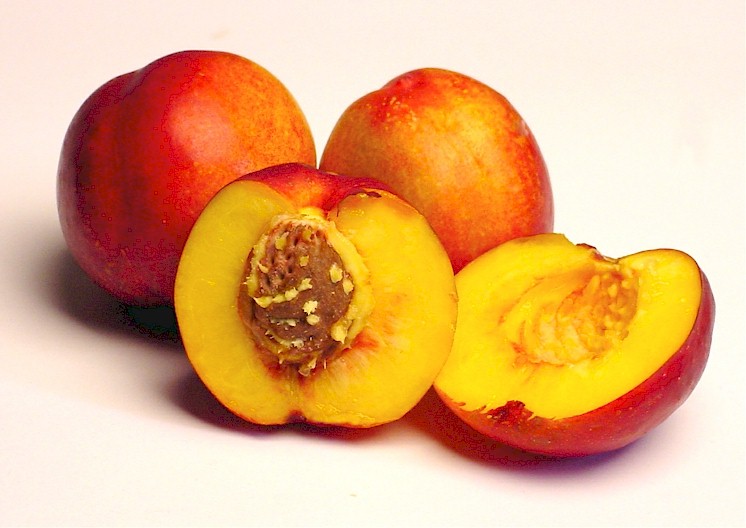
Nectarines
Table Of Content
Scientific Name of Nectarines
The scientific name of nectarine is ‘Prunus persica nectarina.’ The nectarine is a mutation of the fruit called peach. It belongs to the family of ‘Rosaceae’
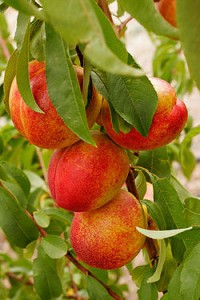
Picture 1 – Nectarines
Source – alibaba.com
Nectarines vs Peaches
Similarities
- Peach stones can produce nectarines and vice versa.
- Both the nectarine tree and the peach tree are capable of producing a fruit that is half peach and half nectarine.
- The trees, leaves and seeds of both nectarines and peaches are identical.
- Both have the same variety and color of flesh which is usually yellow, red or white.
- A crossbreed of the two mostly results in a peach.
Dissimilarities
- Nectarines are recognized by their smooth skin while the skin of peaches is generally fuzzy.
- Nectarines are slightly acidic and sour whereas peaches are extremely juicy and sweet.
- Nectarines are smaller than peaches.
- The rich flavor and supreme aroma of nectarines is more distinct compared to peaches.
- The amount of calories in a nectarine is much lower as compared to that in a peach.
Where do Nectarines Grow?
Nectarines are grown most in the country of California. This country is entirely responsible for the production of over 150 varieties of this fruit. The white nectarine from California goes by the name of ‘Snow Queen’. Over 95% of nectarines produced by the United States are grown in California.
When are Nectarines in Season?
The much sought after California nectarines are annually available between late April and late August. However from the months of December to March you will find Chilean Nectarines in the market.
You should always avoid buying green nectarines that have not matured thoroughly.
Nectarines History
The origin of this relished fruit is quite a mystery till date. Peach seeds are considered to be the most obvious source of nectarines. This fruit is nonetheless a true peach and can be borne off a peach tree. Contrarily a peach too can also be yielded from a nectarine tree. It is said that the discovery of the fruit was made in China almost 2000 years ago. Later several other countries like Persia, Greece and Rome also started cultivating this wonderful fruit. The early 16th and 17th centuries witnessed the growth of nectarines in Great Britain as well. However after many decades the Spanish introduced nectarines to the United States.
This fruit was named ‘nectarine’ after the so called ‘nectar’ or the classical drink of the Greek Gods. It is undoubtedly the elegant flavor of this fruit that earned it the name of nectarine. It literally means a ‘Persian plum’ according to its botanical name. When in reality a nectarine does not bear any similarity with a plum whatsoever.
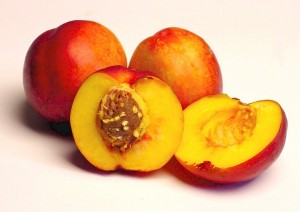
Picture 2 – Nectarines
Source – alphakennels.in
Health Benefits of Nectarines
Nectarine nutrition facts may actually surprise you. Eating nectarines at a regular basis can keep you away from chronic diseases like heart disease, macular degeneration and even cancer. These delicate fruits are known to contain phytochemicals like lycopene and lutein. The yellow and red color of nectarines is caused by lutein.
Nectarines are also rich in potassium, flavonoids, carotenes and natural sugars.
These fruits provide essential vitamins A and C that prove to be beneficial for health.
Leaves
- Nectarine leaves act as an excellent astringent despite of being slightly sedative.
- The leaves are also highly effective in reducing fever.
- These leaves are recommended for those suffering from gastritis, whooping cough and even bronchitis. In case of symptoms of the following diseases the leaves are used internally.
- Furthermore the leaves provide relief to pregnant women suffering from morning sickness. Remember to keep a check on the dosage amount since extra dosage can dehydrate your body due to excessive urination.
- In fact even sore and wounds can be healed by application of dried powdered leaves.
Seed
- Seeds of the nectarine fruit have antiasthmatic properties and can be used as a cough suppressant.
Rootbark
- Illnesses like jaundice and dropsy can be treated with the rootbark of the nectarine tree.
Stem
- A certain kind of gum is extracted from the stem which has properties of a strong adhesive.
Nectarines Nutrient Composition
Nectarines are comprised of sugar, proteins, organic acids and minerals like calcium, phosphorus, magnesium, iron etc. The fruit contains 17 amino acids altogether that are vital for the human body.
The nutrient composition in nectarines has been summarized below:
- Sugar- 13%
- Organic acids- 1.5%
- Pectin-1%
- Protein- 1.1%
- Vitamin A-8mg
- Vitamin C- 12 mg
- Phosphorus- 40 mg
- Calcium- 0.8 mg
- Magnesium- 14.5 mg
Calories in Nectarines
The nectarine calorie content specifically depends on the size and the variety of the fruit. You will find that some nectarines are distinctly sweeter than the others. It is the degree of sweetness in the fruit that determines the sugar content. As such the calorie content differs between different types of nectarines. For example a small 75 gram nectarine would have a calorie value of 30. However a bigger one of 140 grams would have 65-70 calories.
Nectarine Varieties
There are an estimated 150 varieties of nectarines sub- divided into groups that are either freestone or clingstone. It is comparatively easier to impart the flesh from the pit for the ones belonging to the freestone variety. In the case of the clingstone types the flesh tends to stick to the pit.
The fruit varieties include Desert dawn, Arctic Jay, Nectarine Fantasia, Heavenly White, Pioneer, Sun Grand, Double Delight and more. Among the commercial variety grown in the United States, the most popular ones consist of the Mayglo and Grand.
Growing Nectarines
There are particular conditions that facilitate the growth of nectarines.
Climate
Sunlight is extremely vital for nectarines. It is therefore necessary to plant nectarines in a place where it does not get obstructed from sunlight. Elevating the ground level could be adopted as a means to keep the plant away from cold air.
Soil
Well drained sandy loam is considered to be most suitable for the growth of nectarines. The type of soil recommended must have the capacity to drain in a time period of one hour after being subject to heavy rainfall.
Fertilize the soil with surplus amounts of organic matter such as manure, leaves, compost etc. The process of fertilizing the soil should begin one or two years in advance before planting. Remember that the pH balance of the soil is to be maintained to a 6.5 pH. Checking the soil pH ,6 inches deep at regular intervals of two years is recommended.
Planting
The bud of the nectarine plant should never be planted too deep in the soil. You should always plant it in the middle of the prepared area. Make sure that the bud union is placed exactly an inch above the soil.
It is also very important to prune or crop the nectarine plant reducing it to about 28 inches. Pruning the plant as soon as it is planted allows the nectarine plant to have a strong tree trunk in future.
Proper Pest Program
The nectarine tree is prone to diseases like ‘peach leaf curl’, ‘brown rot’ etc. Therefore it is important to subject the nectarine tree to effective insecticides and pesticides at a regular basis.
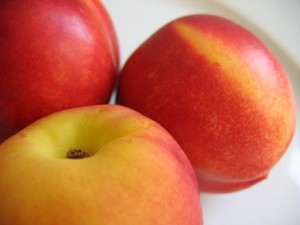
Picture 3 – Nectarines
Source – nzgourmet.net
Pruning Nectarine Trees
When it comes to pruning nectarine trees its similar like the saying,’The fruit of labor is always sweet.’ As such nectarine trees must be subject to intensive pruning to ensure proper growth and abundant fruit yield. The idea is to prohibit the tree from getting overloaded with non – fruit bearing branches. There are certain instructions that you are recommended to follow while pruning nectarine trees.
- Pruning also protects the tree from acquiring various nectarine tree diseases.
- Winter is the best time to conduct pruning, as the nectarine tree generally remains dormant during this period. However summer pruning is also essential as far as the maintenance of the tree is concerned.
- Remember that it is the fruit buds that are responsible for the fruit yield. Make sure that you concentrate the pruning close to the fruit buds.
- You must cautiously remove all dead and damaged twigs or branches. It is important to get rid of all those branches that diagonally cross each other or get entangled, acting like an obstacle in each other’s growth.
- The remaining branches may be cut at varied lengths as long as it promotes the formation of new fruit woods across the crown.
- The centre of the tree trunk should be left devoid and open. Any sort of shoots or external growth around the tree’s trunk has to be dispatched.
- A slant away from the tree is the recommended distance you should maintain while pruning. Doing so prevents water from seeping through the tree’s centre. A pruning saw will best suit the purpose.
- Lastly you should dispose the junk and cuttings.
How to use Nectarines
Like any other table fruit, nectarines are mostly eaten raw. People from all kinds of countries savor the sweet summer fruit in several ways. In fact dried nectarines taste awesome too.
Raw Nectarines
Some have nectarines simply out of hand while others may prefer to peel or slice the fruit. This delicious fruit is often added to fruit salads or served as an ice cream topping. You will also find nectarines being served with popular cocktails like margaritas and sangria.
Cooking Nectarines
A dash of nectarines will produce an entirely out of the world flavor to a variety of fish, pork and chicken dishes. It is equally exciting to discover how you can create all kinds of mouthwatering desserts from grilled nectarines.
Baking Nectarines
You can bake nectarines to make your all time favorite nectarine cobblers and nectarine tarts. In fact many bread and pastry recipes contain nectarines in minor quantities.
Freezing Nectarines
Frozen nectarines must be kept in freezer bags or hard containers. People prefer to slice and peel the delicate fruit before freezing it.
Storing Nectarines
It is recommended to store nectarines wrapped inside a plastic bag in a refrigerator, subjecting them to extreme temperatures.
Nectarine Recipes
You can pamper your taste buds with innumerable recipes which also include nectarine dessert recipes as well. This amazing fruit is briskly transformed into salads, toppings and jams. Some of the recipes cater to the following items
Nectarine Pie
The nectarine pie is yet another feast to the stomach for all the nectarine lovers! Usually this amazing pie is prepared using white nectarines.
Lemon Cheese Stuffed Nectarines
The Lemon Cheese Stuffed Nectarines taste as good as it sounds!
Fig, Ham and Nectarine Salad in Wine Syrup
This item would be a perfect compliment for buffets.
Chicken Nectarine Salad
Devour the twisted flavor of this incredible salad.
Deep Dish Nectarine Pie
This is one irresistible nectarine pie that you have to try.
Baked Pecan Stuffed Nectarine
People love to have the baked pecan stuffed nectarine with wines.
Nectarine Crisp
For all those who love fruit crisps the nectarine crisp is a wonderful delight.
Nectarine Jam
Nectarine jam is not only super yummy but it is super easy to prepare it too!
Nectarine Salsa
The nectarine salsa is sweet, salty and hot all at the same time!
Nectarine Cobbler
Throughout the world you will find numerous mouth watering nectarine cobbler recipes that you can bake.
Nectarine Cake
There are many types of nectarine cakes. The upside down nectarine cake and the golden cake are immensely popular.
Nectarine Crumble
The nectarine summer crumble is simple to make and its tastes awesome too.
Reference:
https://desert-tropicals.com/Plants/Rosaceae/Prunus_nectarina.html
http://www.health-care-clinic.org/fruits/nectarine.html
- by baishakhee
- April 18th 2011

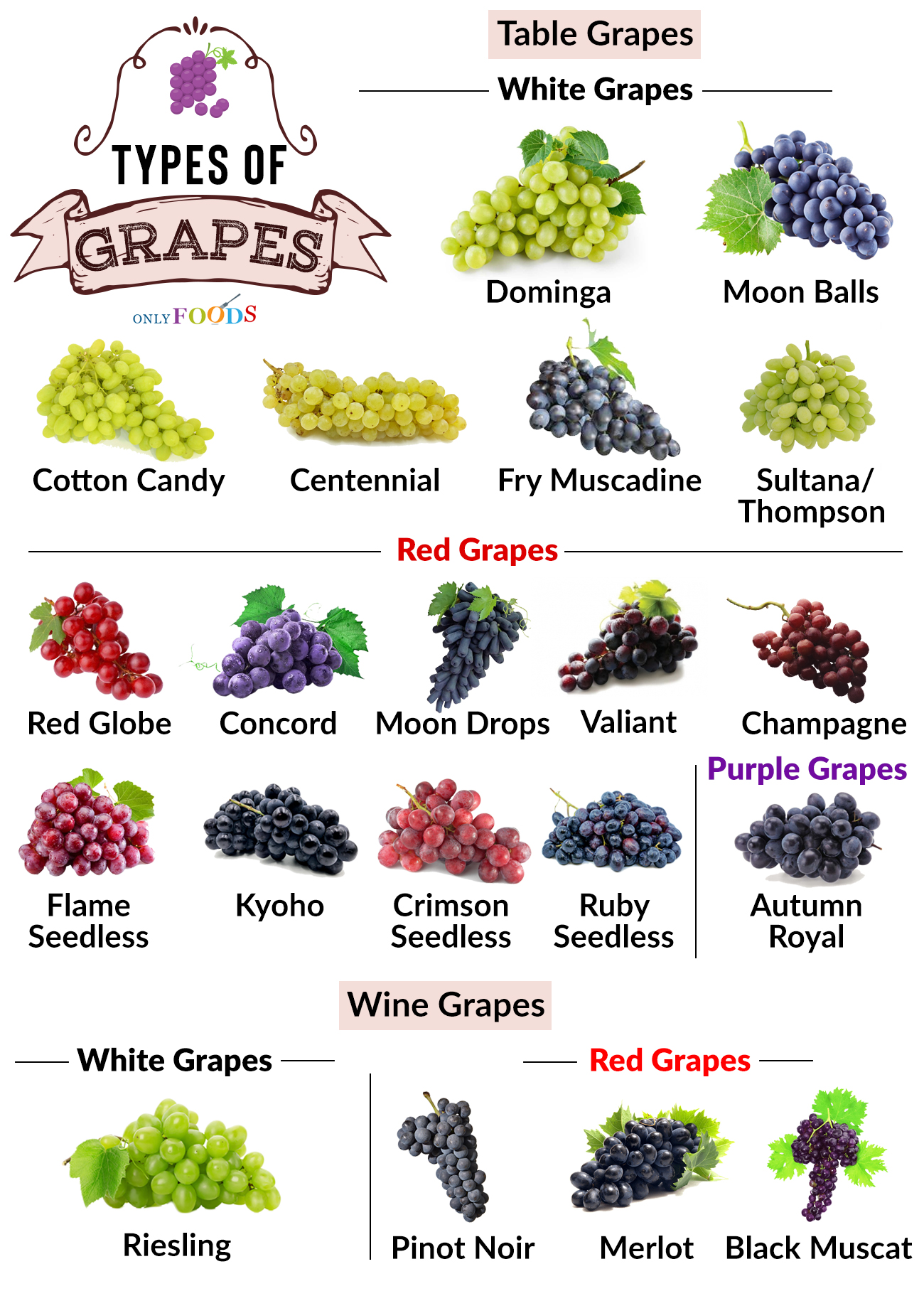
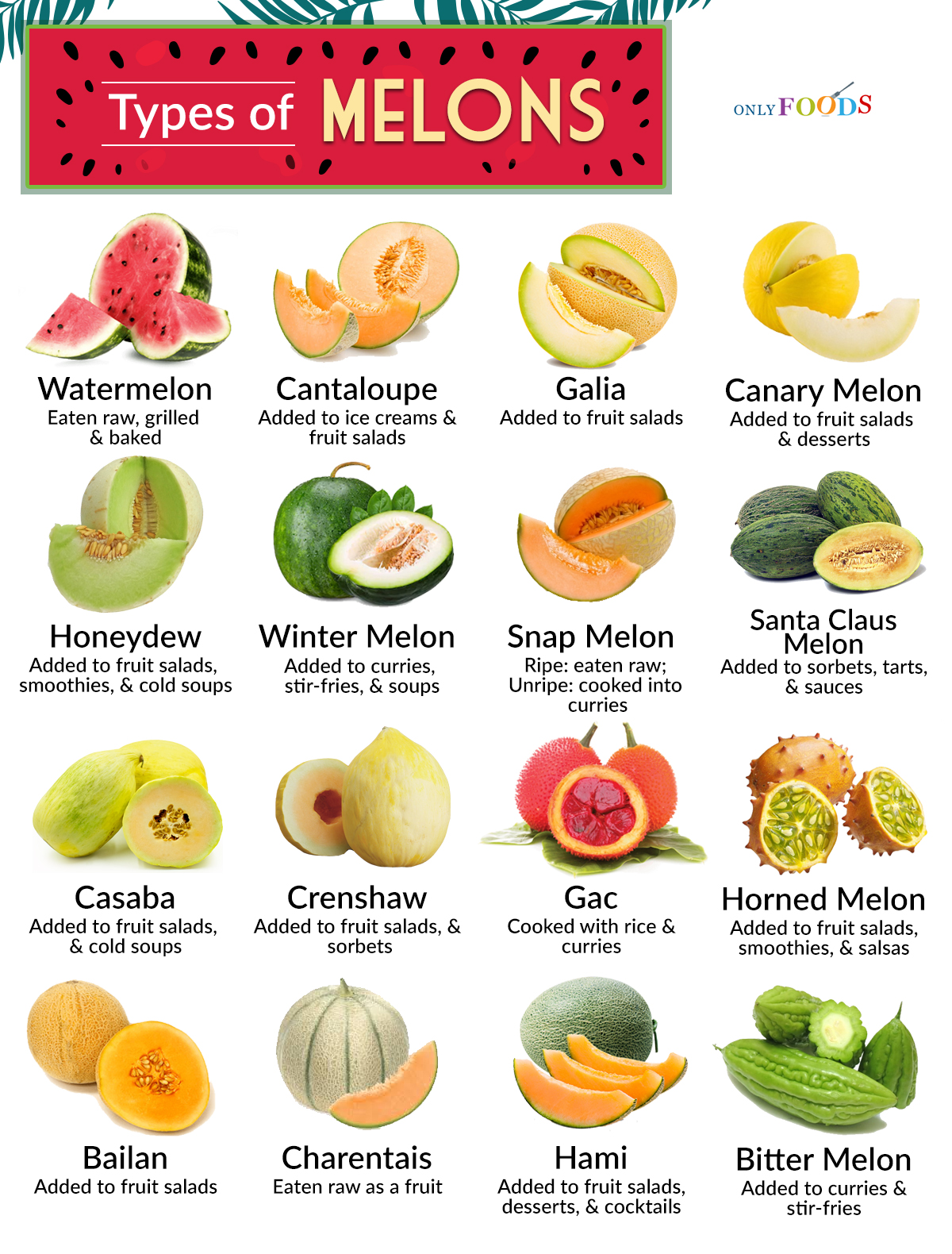
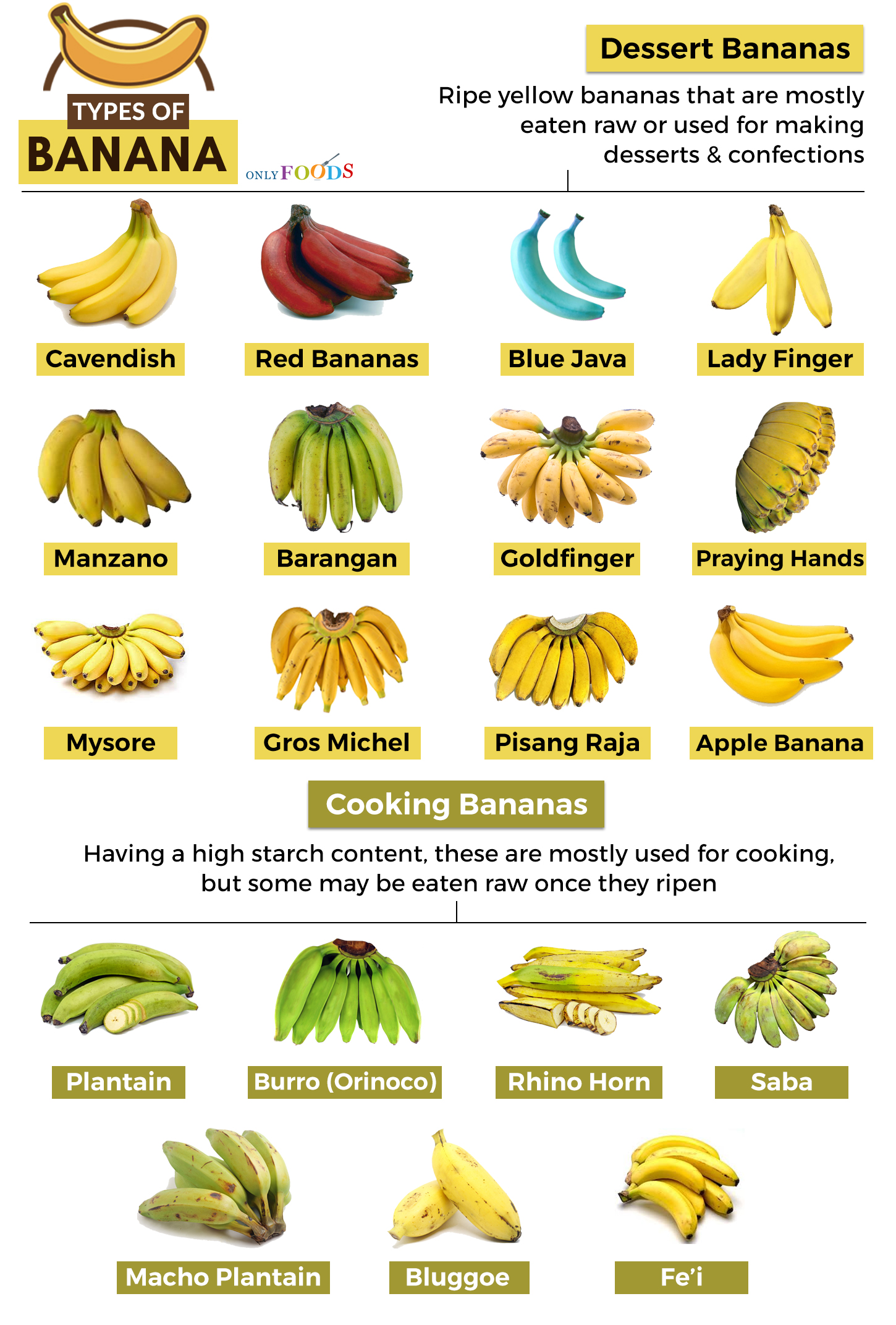
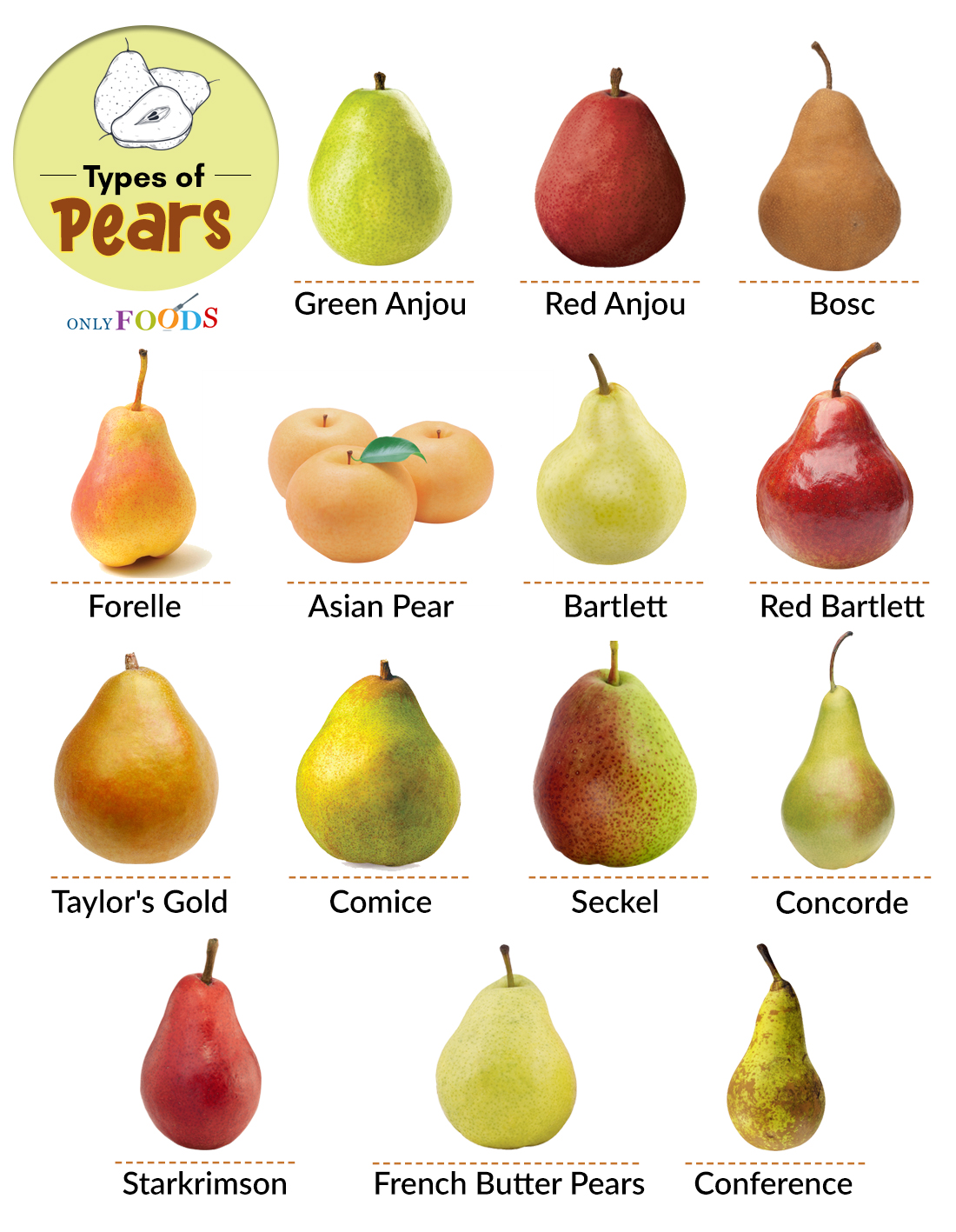
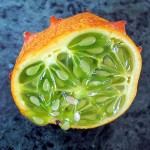
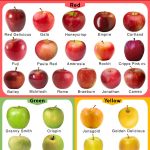
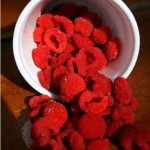

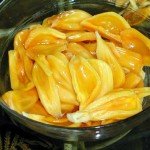

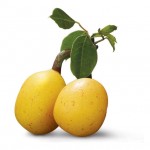
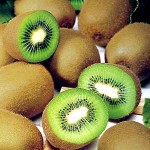
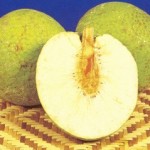
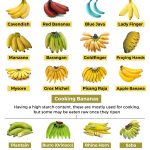




Leave a Reply